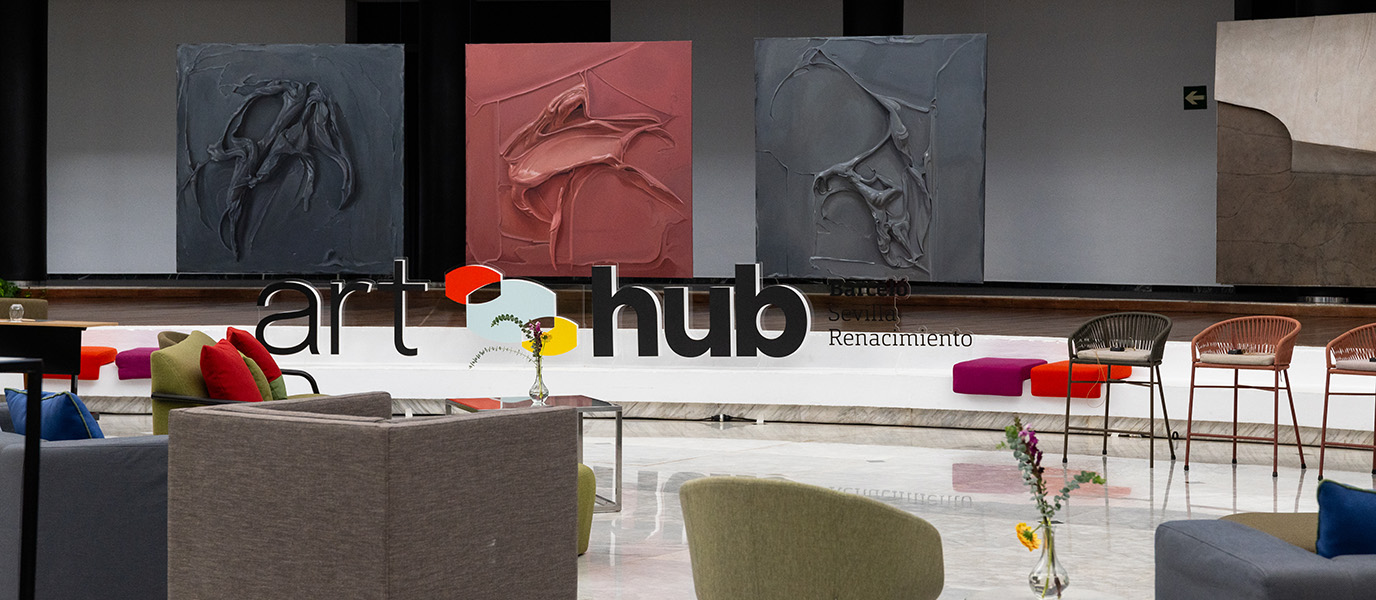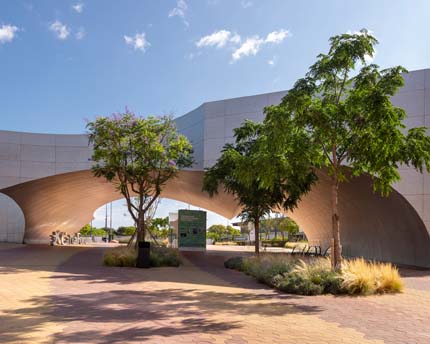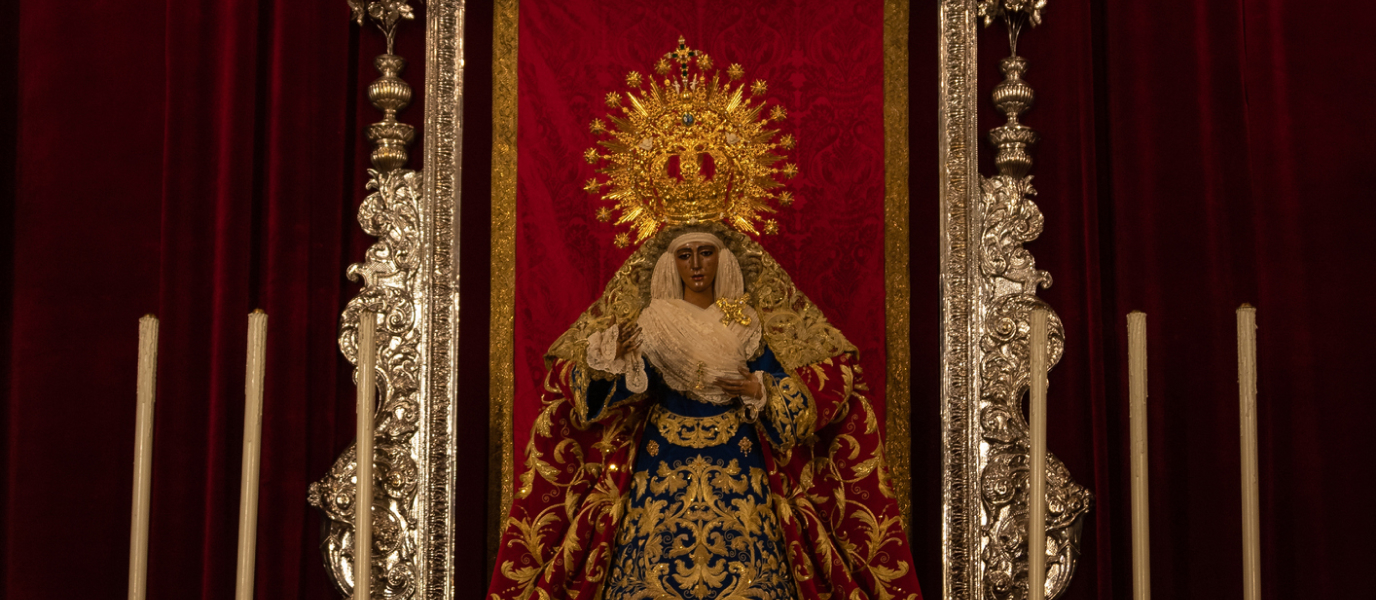The Museum of Fine Arts is not the first thing visitors decide to see when in Seville, as the city boasts famous sights that somewhat overshadow the rest. We wouldn’t dare suggest that you skip the Cathedral with its Giralda tower and orange-tree-lined courtyard, the magnificent rooms and gardens of the Royal Alcázar or the spectacular Plaza de España, but we will suggest that you put enough time aside to visit this art museum.
Considered the second most important art museum in Spain after the Museo del Prado in Madrid, it is worth prioritising it in your travel plans. What’s more, it is situated right in the heart of the historic centre of the city, so you won’t have to take much of a detour before your next stop.
The history of the museum
To trace the origins of this art museum we must go all the way back to the year 1835 and a historical period defined by the Mendizábal Disentailment. The building of the Convent of the Order of the Merced Calzada de la Asunción, which owes its current appearance to the refurbishments that took place in the seventeenth century, was one of the assets expropriated from the Church that later become the Museum of Paintings. According to certain archives, it initially boasted a collection of some 2,000 works, which had once belonged to the Church or that were taken from the ruins of Itálica and the Royal Alcázar. Over time many of these pieces disappeared due to theft and looting during the French invasion.
Why visit the Museum of Fine Arts
We can’t recommend that you go to the Museum of Fine Arts without of course telling you why it is such as essential place to visit in Seville. Although it is not the foremost reason, first off is its location within the former Convent of the Order of the Merced Calzada de la Asunción. This magnificent building is recognised as one of the most representative examples of Andalusian Mannerism. Its rooms, interior courtyards and the church are the perfect setting for the valuable collection that it houses. Dedicate a few minutes to admiring the imperial stairway and the main cloister.
Before entering, on Plaza del Museo, look out for a statue depicting Bartolomé Esteban Murillo, sculpted in bronze by the artist hailing from Seville Sabino de Medina. The second reason for visiting the Museum of Fine Arts is that it houses a large part of the work of Murillo. 2017 marked the 400th anniversary of his birth, which was celebrated by the whole city. Año Murillo, or the year of Murillo, was a unique opportunity for locals and visitors alike to learn about the artist, his influence on the city’s culture and his extensive body of work, much of which is distributed among the best art museums in the world. Seville also offers Murillo-themed tours of the city, which shouldn’t be missed.
Surrounding the square are other buildings of interest such as the house of the Counts of Casa Galindo, which is a fine exponent of Sevillian architecture from the nineteenth century. The property is not open to the public, but you can visit its magnificent courtyard. Alongside it is also the beautiful Chapel of the Museum, which doesn’t go unnoticed thanks to the ceramic altarpiece on its façade.
Exploring the museum
A full tour of the museum includes 13 rooms, which we recommend doing in chronological order. To give you an idea of its layout, the rooms are formed around three courtyards. The first four exhibition rooms are dedicated to the beginnings of Sevillian art after the conquest of the city by King Ferdinand III, known as the Saint. It spans the medieval era to right before the Baroque period. Rooms Four to Ten display works from the great masters of Sevillian painting from the seventeenth century. Murillo, Zurbarán and Juan de Valdés feature highly. In the nineteenth century, the taste for religious themes was demoted in favour of other genres such as portraits, landscape, historical painting and costumbrism.
Although it is second to painting in terms of quantity, the sculptures exhibited at the museum are also worthy of your time. The oldest pieces, on display in Room One, date back to the fifteenth century and are the work of Mercadante de Bretaña. The artist, who came to Seville to work on the construction of the Cathedral, was also a disciple of Pedro Millán, who boasts important collections such as The Lamentation of Christ.
The most important works
Although the whole museum is a complete gem, some works cannot be missed. And if you decide to book a guided tour, all the better. The work of Murillo is found, above all in Room Five, where you can admire, at your own leisure, the Virgin of the Rosary and the Immaculate, among others.
However, there are yet more renowned artists. From Velázquez you will find the Portrait of Don Cristóbal Suárez de Ribera. The master Francisco de Zurbarán rewards us with three magnificent paintings: Saint Hugh in the Refectory, Christ on the Cross and The Virgin of the Caves. If you’re an enthusiast of José de Ribera, be sure to track down Saint James the Greater, and if you like El Greco, find the portrait of his son Jorge Manuel, a work that for a long time was believed to be a self-portrait. Also take note of the sculpture of Saint Jerome, by Pietro Torrigiano, and the Portrait of Canon Mr José Duaso y Latre, by Francisco de Goya.
Other works that make up its most valuable collection include The Altar Boy, by Alfonso Grosso; Seville at Festival Time, by Gustavo Bacarisas; Death of the Maestro, by José Villegas; The Cigar Girls, by Gonzalo Bilbao; and the Portrait of the Poet Gustavo Adolfo Bécquer, by Valeriano Domínguez Bécquer.
Other museums in Seville
If you’re a fan of expanding your cultural horizons in museums, you can find a broad range in Seville. For folkloric traditions head to the Flamenco Museum and the Bullfighting Museum. And if you prefer plastics arts, we recommend visiting CaixaForum Sevilla and the Andalusian Centre for Contemporary Art housed within La Cartuja Monastery. History is perfectly summarised in the Archaeological Museum and the magnificent General Archive of the Indies. Finally, we mustn’t forget the Navigation Pavilion, built for the Seville Expo ‘92 and in which you can learn about discoveries, naval advances and scientific expeditions.
Seville is a city that stands out for its sights and social life, but we mustn’t forget its important cultural centres.






































































